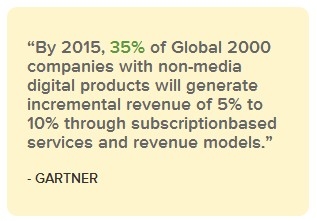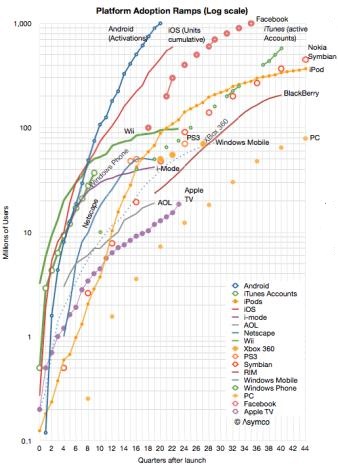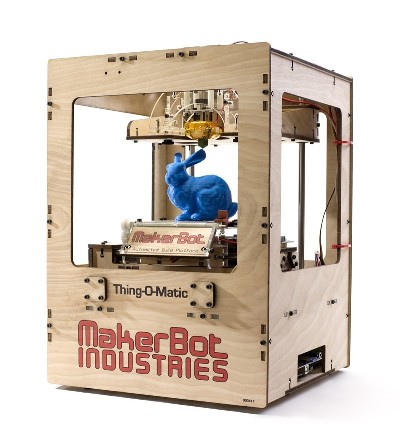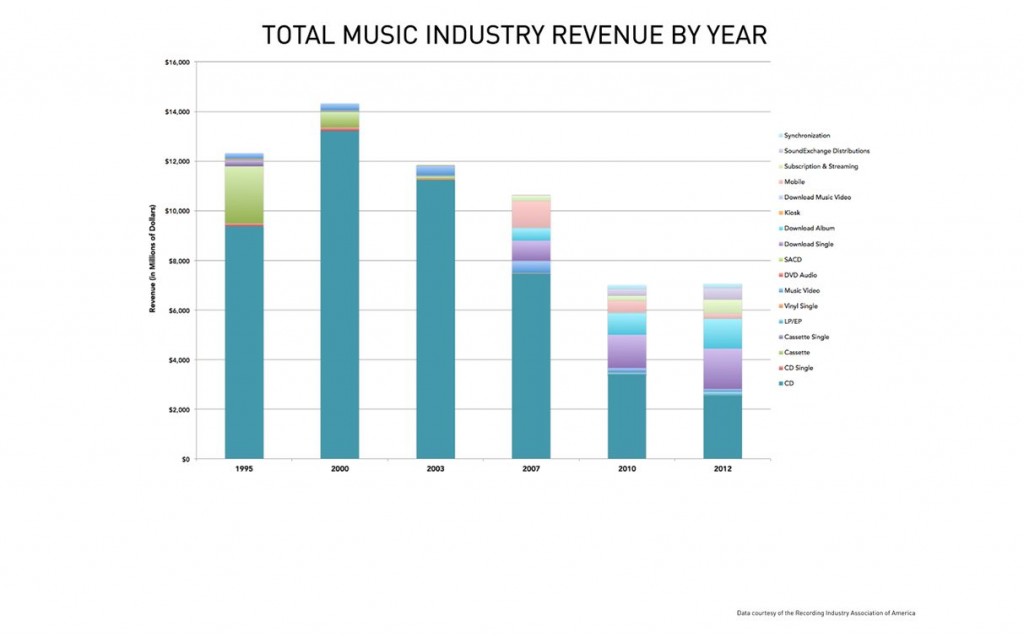I bumped into a few references to the fact that creation and design is often powerfully achieved by subtraction.

In “Perfect Pitch“, a book about how to present advertising concepts and ideas, Jon Steel mentions his “belief that creativity is not, as many people believe, a process of invention from nothing. Instead, it is a painstaking exercise in reduction, of removing all the bits that don’t look like a great idea“. He uses the example of the unhewn rock that the sculptor will transform into a masterpiece.
Similarly, this quote of Jonathan Ive, the famous Apple designer: “A lot of what we seem to be doing in a product like [the iPhone] is actually getting design out of the way. And I think with that sort of reason — and they’re not just arbitrary shapes — it feels almost inevitable. It feels almost undesigned. It feels almost like, “Well, of course it’s that way. Why would it be any other way?”” (hat tip to Valeria Maltoni in this Conversation Agent post).
Maybe instead of constantly trying to add features to our lives and products we should take a deep breath and take out everything which is not indispensable – and thereby create great value. What do you think?
The picture is by Austin Kleon, an excellent writer on the topic of creativity, in books such as Newspaper Blackout or Steal Like An Artist.

 flat fee to access an unlimited library of content,
flat fee to access an unlimited library of content,







